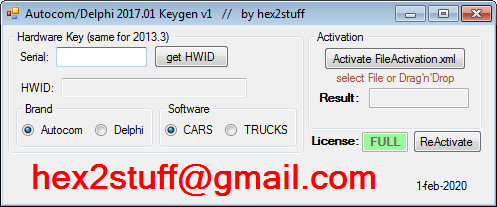

For this reason, we’ll actually generate a 256 bit key to use for symmetric AES encryption and then encrypt/decrypt that symmetric AES key with the asymmetric RSA keys. size of a file – that can be encrypted using asymmetric RSA public key encryption keys (which is what SSH keys are). There is a limit to the maximum length of a message – i.e. But if you already have someone’s public SSH key, it can be convenient to use it, and it is safe. If you encrypt/decrypt files or messages on more than a one-off occasion, you should really use GnuPGP as that is a much better suited tool for this kind of operations. They can then use their private key to decrypt the file you sent. You can learn more by just opening up your command window and typing " help for".If you have someone’s public SSH key, you can use OpenSSL to safely encrypt a file and send it to them over an insecure connection (i.e. This would return the filename with the " -test" string inserted before the file extension and after the filename. To test, we can write out the data such as: echo %1-test%2 Now, in runner.bat (our second file), we can read in the arguments by using %1 and %2 where %1 is the first argument (only argument if we use the first example) and %2 as the second argument. This is done by using the "~n" and "~x" variable enhancements. The above loop passes the filename (without extension) as argument 1 and the file extension ( ".txt" in this case) as argument 2. One neat trick is that you can parse out the filename without the extension and the extension as two (2) separate variables by changing the command to something like this: for /f %%a IN ('dir /b *.txt') do call runner.bat %%~na %%~xa Finally we do a "do call" to tell the program to call our second batch file (runner.bat).
HOW TO USE A KEYGEN TXT FILE FULL
You could also include the full directory path here, just in case this DOS batch file isn't located in the same directory as your txt files. just filenames) that match the *.txt pattern. This set command returns a bare directory listing ( no filesize, attributes, etc. Our variable name will be "%%a" and our set command will be "dir /b *.txt".

In this for statement, we use the /f flag to only return filenames. So we'll create our first DOS batch file (dubbed " doit.bat") with the below syntax: for /f %%a IN ('dir /b *.txt') do call runner.bat %%a The /d instructs the command to only return directories, the /r indicates recursive, and /f only returns files ( in case a directory name and filename both meet the set pattern matching). In addition, you can use " FOR /D", " FOR /R", and " FOR /F". (set) Specifies a set of one or more files.Ĭommand Specifies the command to carry out for each %variable Specifies a single letter replaceable Let's examine the syntax of the DOS " for" command: FOR %variable IN (set) DO command In this example, I'm going to use two (2) batch files, but in your real world solution, the second batch file might be an executable (.exe).

The goal is to create a DOS batch file that can loop through a set of files and call another batch file or executable and pass the filename as the argument.
HOW TO USE A KEYGEN TXT FILE HOW TO
So this post is almost for as much for me as it is for anyone searching for how to do this.

I used to write DOS batch files like this all the time, but after a while you start to forget the DOS syntax and the tricks.


 0 kommentar(er)
0 kommentar(er)
